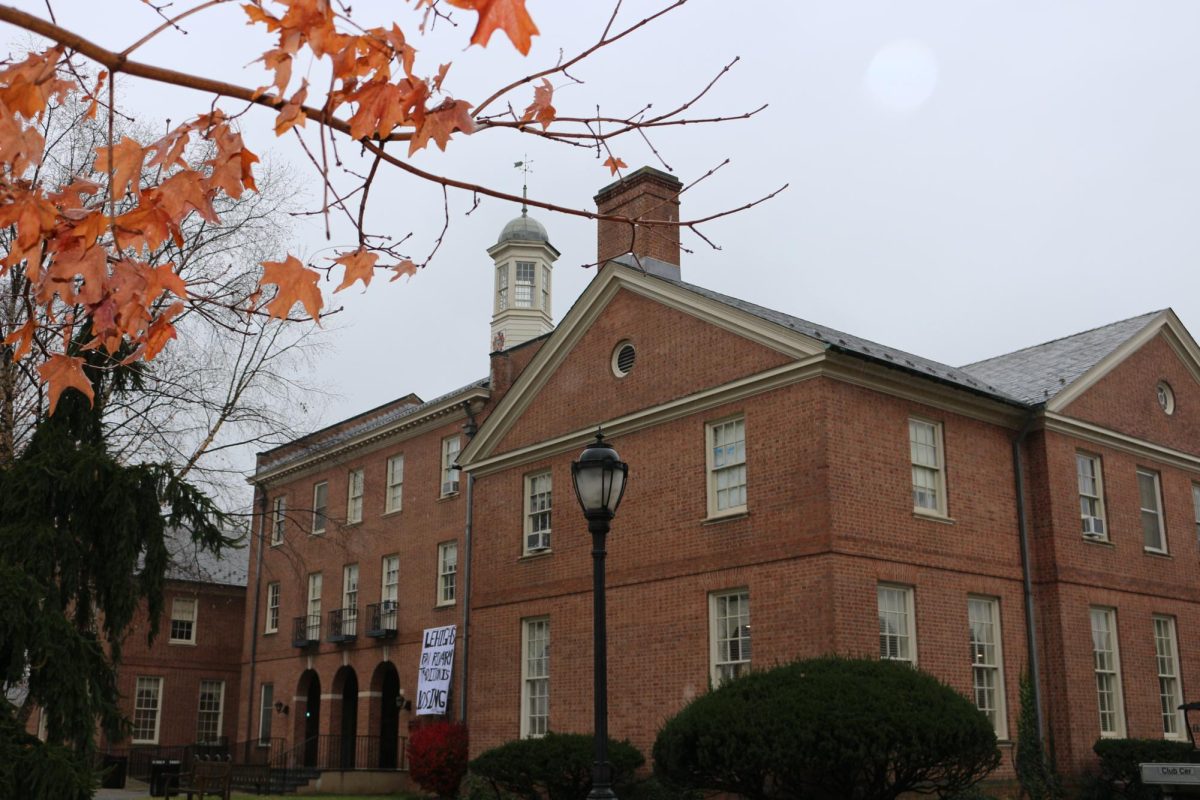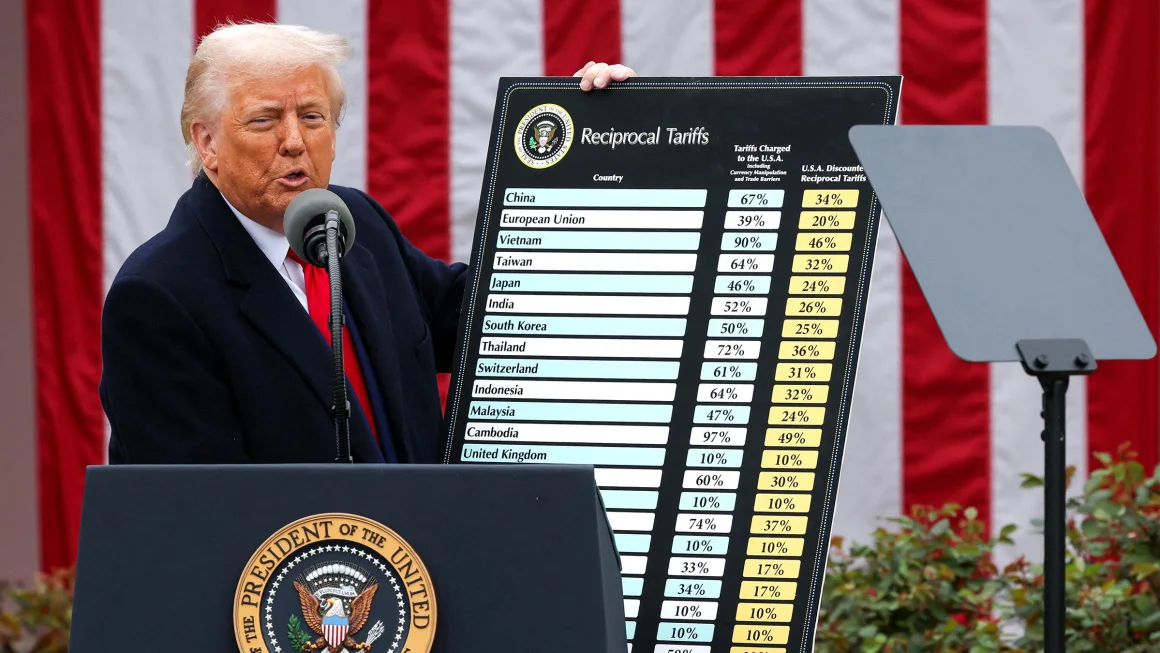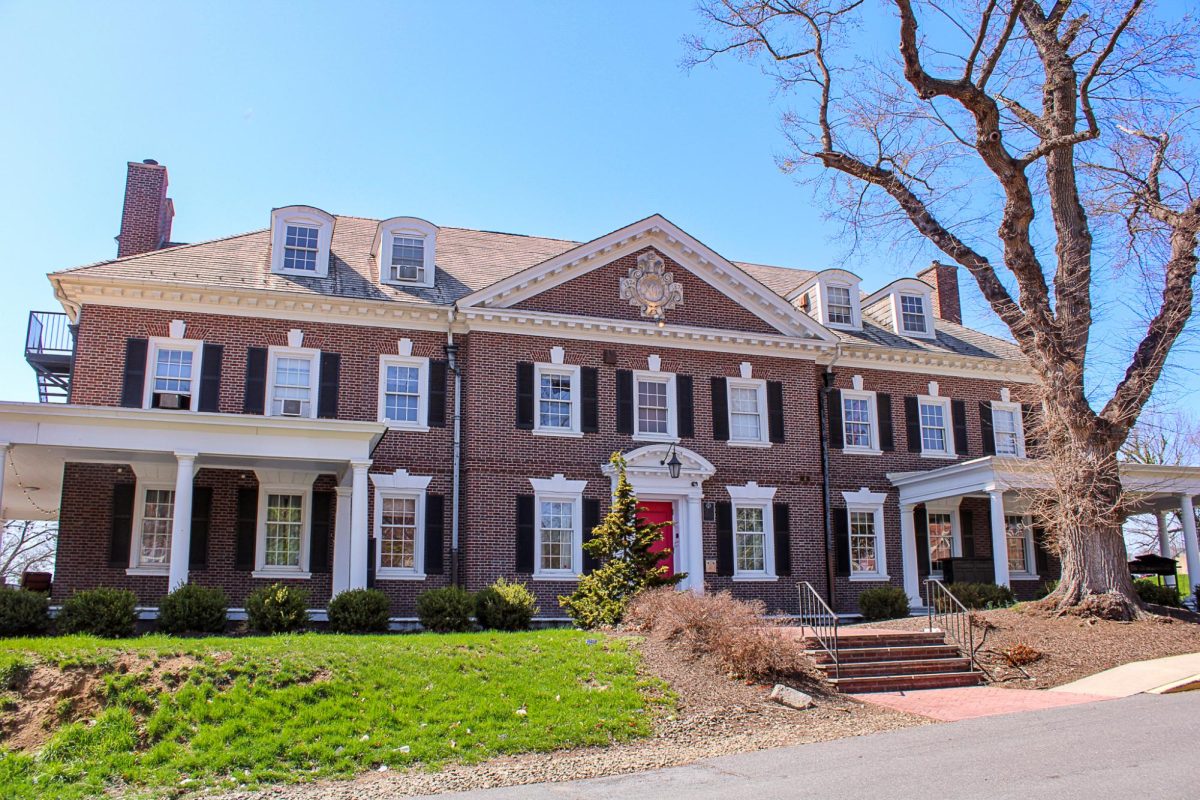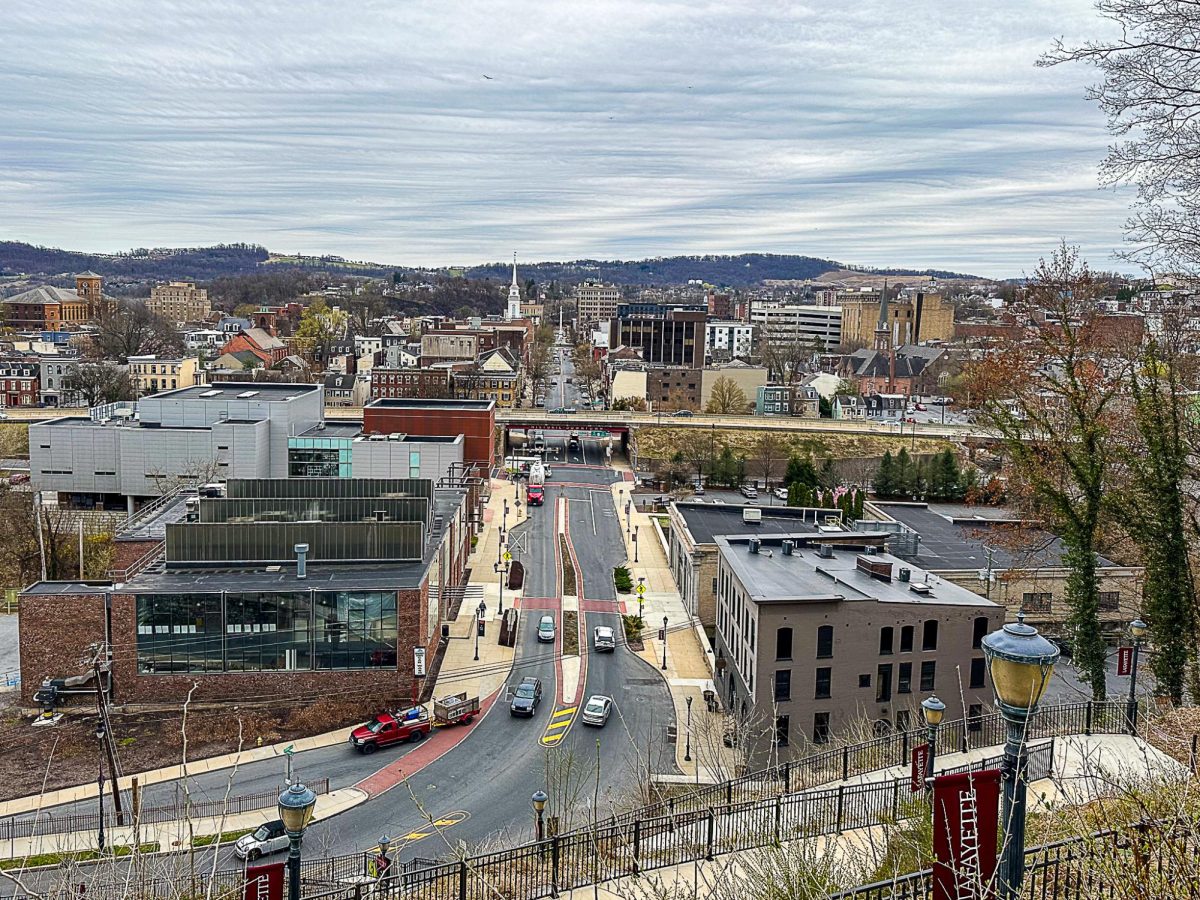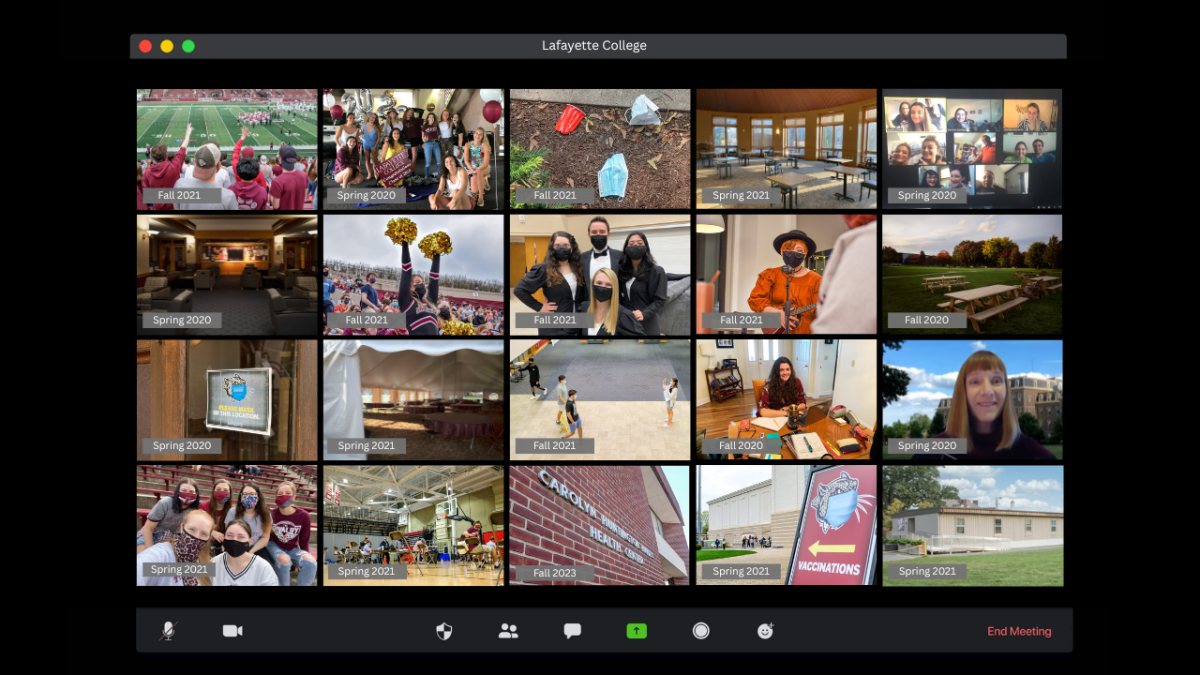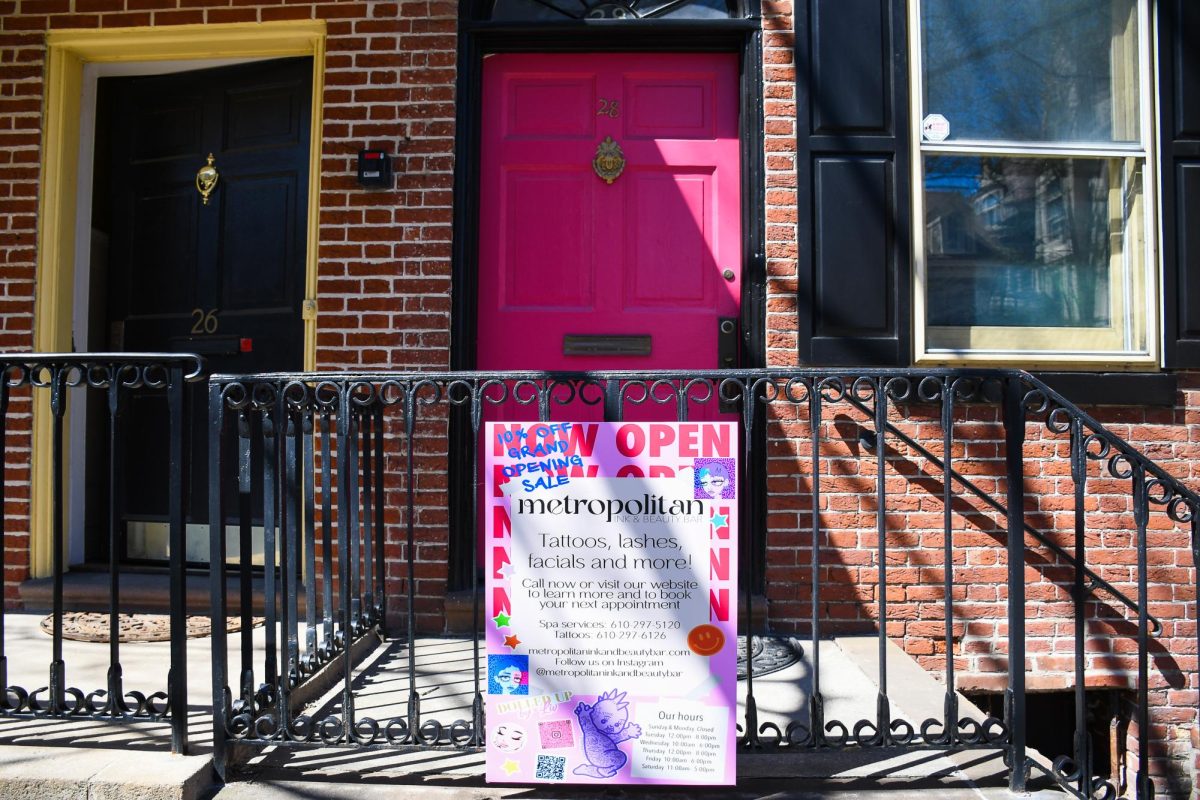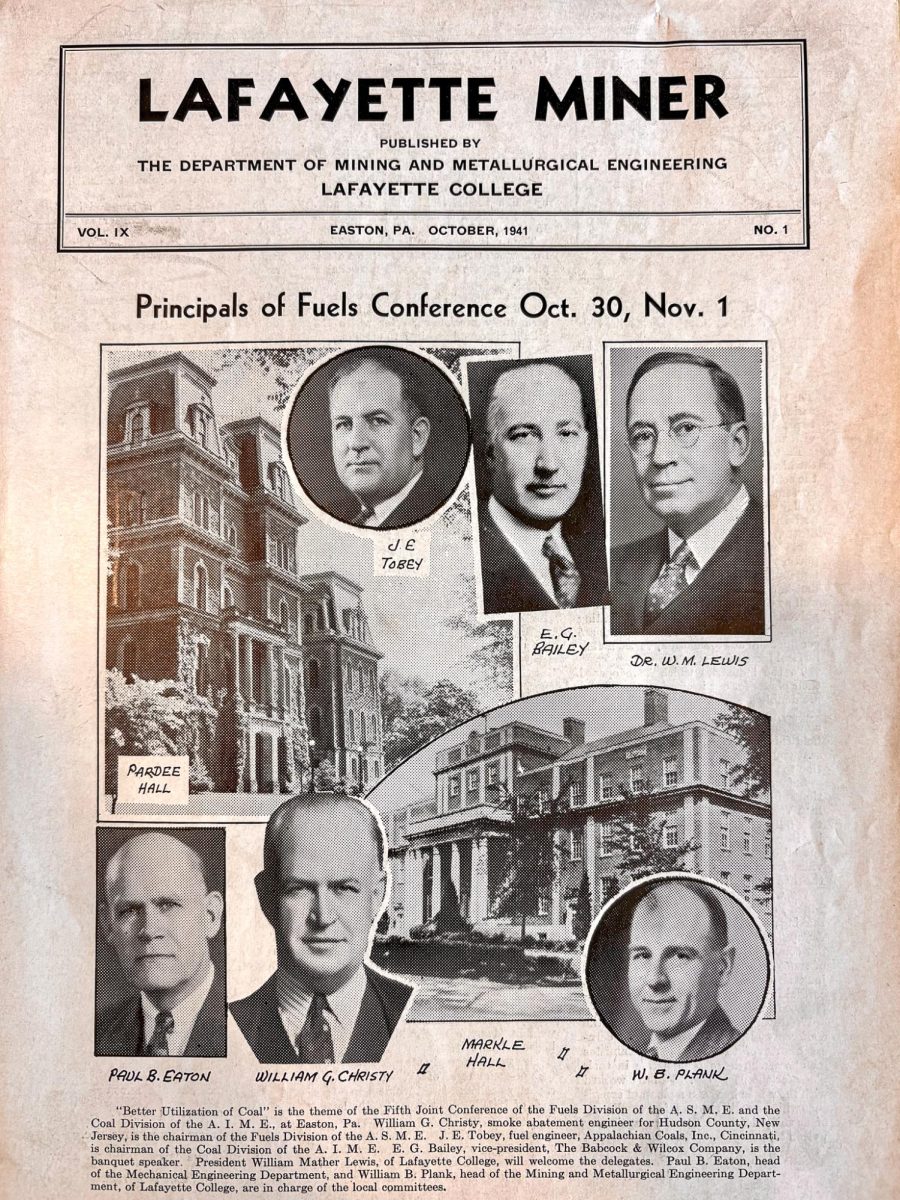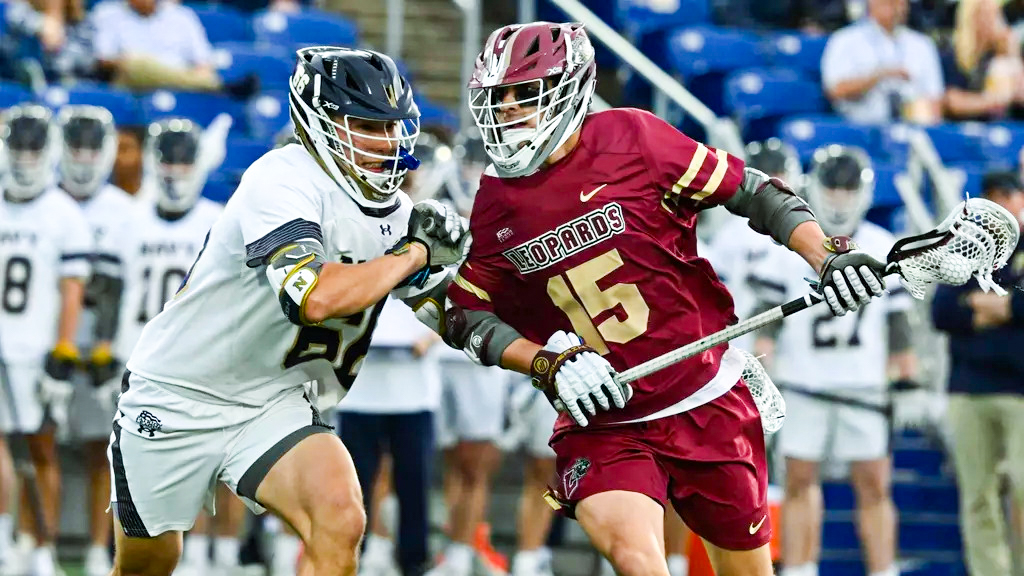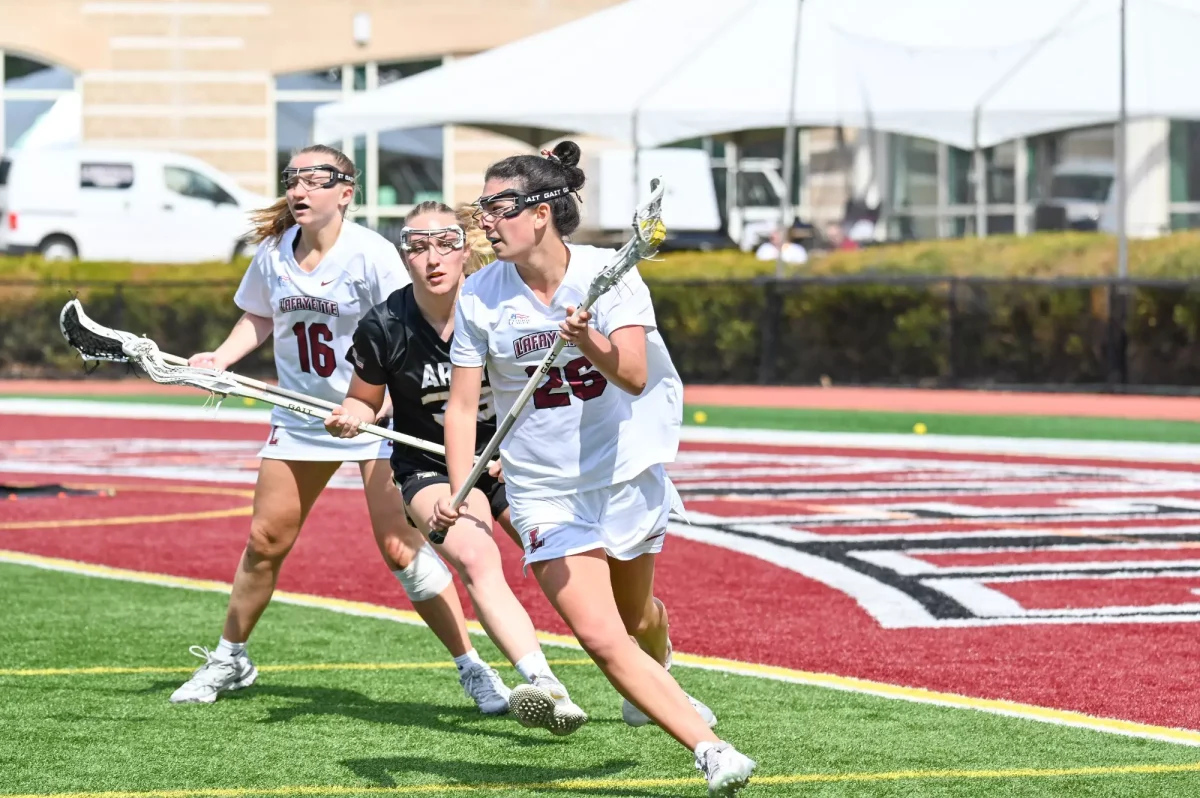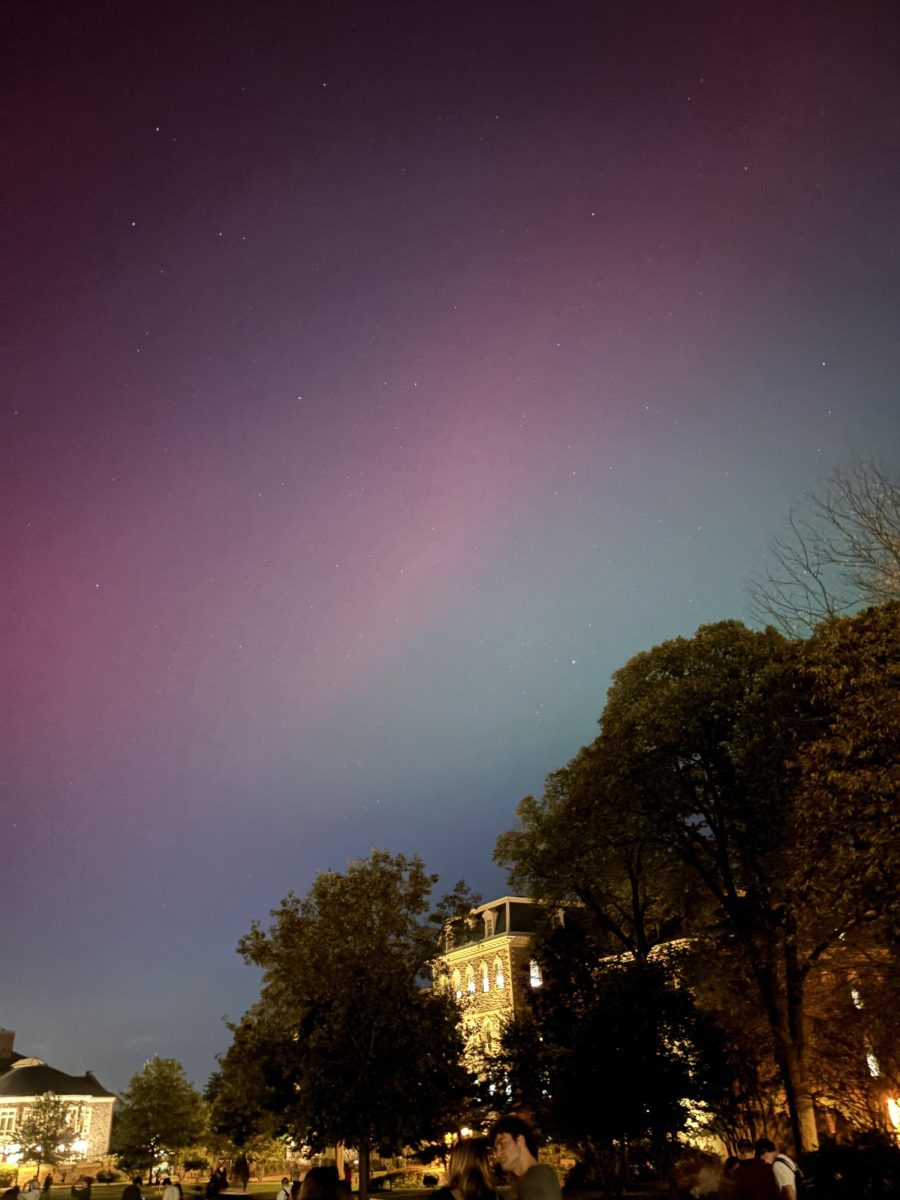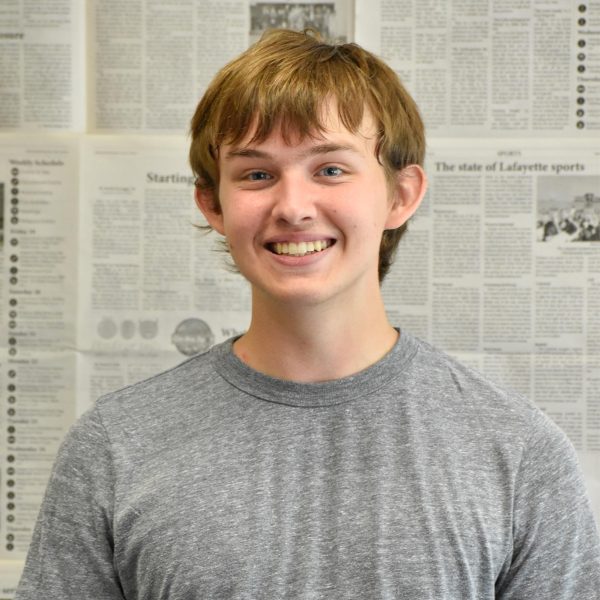The sky above Lafayette College was lit by an aurora borealis on Thursday night.
More commonly known as the northern lights, the bands of pink and green first appeared in Easton just after 7 p.m., according to photos circulating on social media. Approximately 75 people were present on the Quad to view the event.
“I didn’t have words when I went outside and saw them,” said Michael Haines ’26, the secretary of the Astronomy Club. Haines had never seen the northern lights before.
He said northern lights had been forecasted several times in the past few months, but “the conditions never panned out until today.”
Due to a rare solar storm, the lights on Thursday night were forecasted to be visible over the northern half of the United States. According to the Space Weather Prediction Center, a coronal mass ejection — a large plasma ejection from the Sun — occurred on Tuesday, causing the event. The National Weather Service in Mount Holly posted on X that the lights would peak between 8 p.m. and midnight on Thursday.
Similar to Haines, Olivia Gulish ’26 saw the lights on the Quad.
“I didn’t think they would get down this far,” Gulish said of the lights, calling the experience “unexpected and exciting.”
Olivia Combs ’26, a physics major and president of the Astronomy Club, saw the northern lights from McKelvy House.
“There was a bit of light pollution, but I was able to see the reds and the greens,” said Combs, who had also never witnessed the northern lights before.
The solar storm was classified as a level four on a scale from one to five, according to the Space Weather Prediction Center.

The Earth is currently facing a period of high solar activity, in what scientists call a “solar maximum.” Combs explained that a solar cycle lasts about 11 years.
“We’re going to be getting more solar flares, just activity in general,” Combs said. “So I believe that’ll increase our likelihood of more magnetic storms, but I don’t know how often they would be seen down here.”
The northern lights were last viewable in the Lehigh Valley in mid-August, and they peaked during the overnight hours, according to Lehigh Valley Live.
“I’m glad people were taking pictures and just having a good time seeing the aurora because I was,” Combs said.














